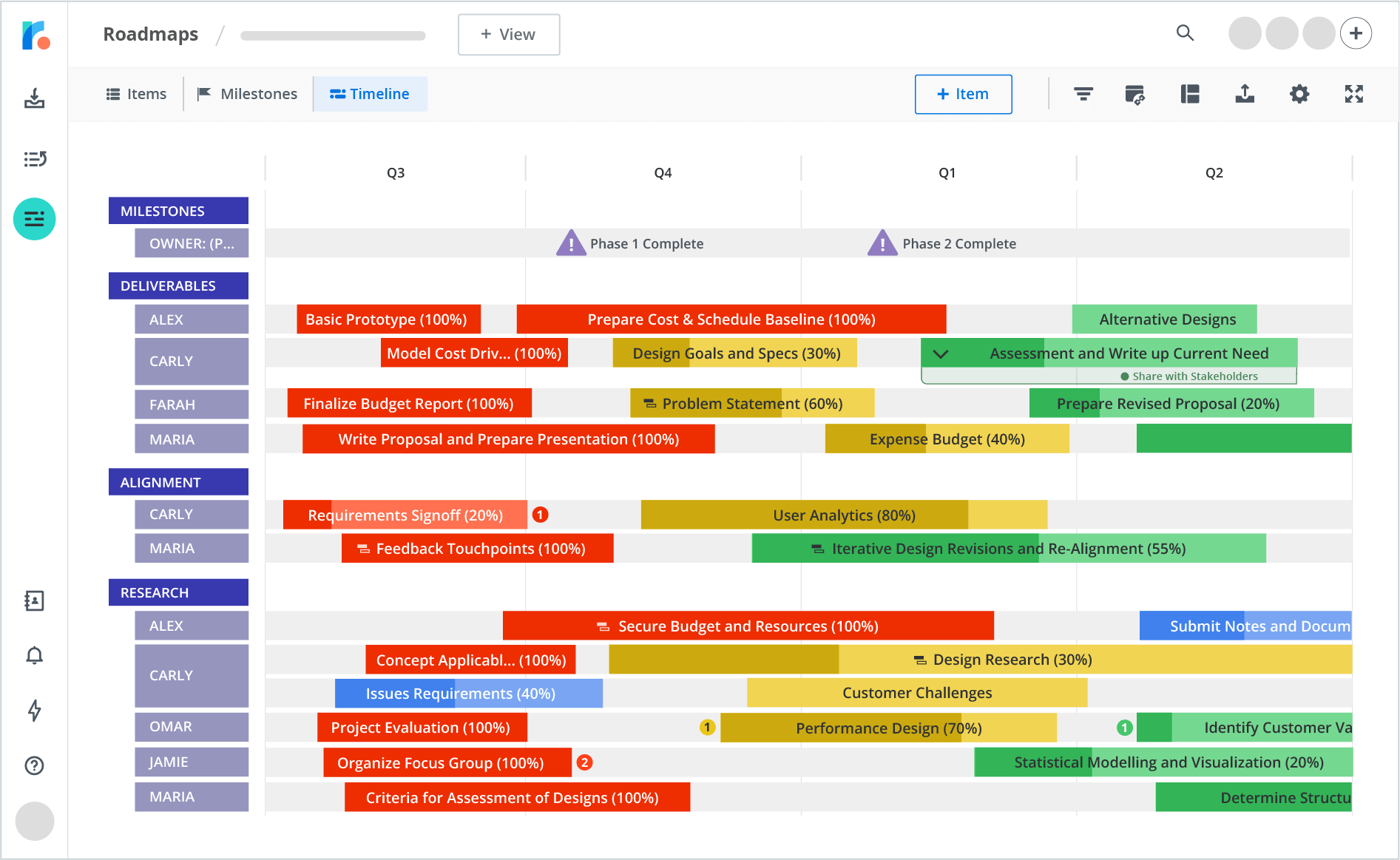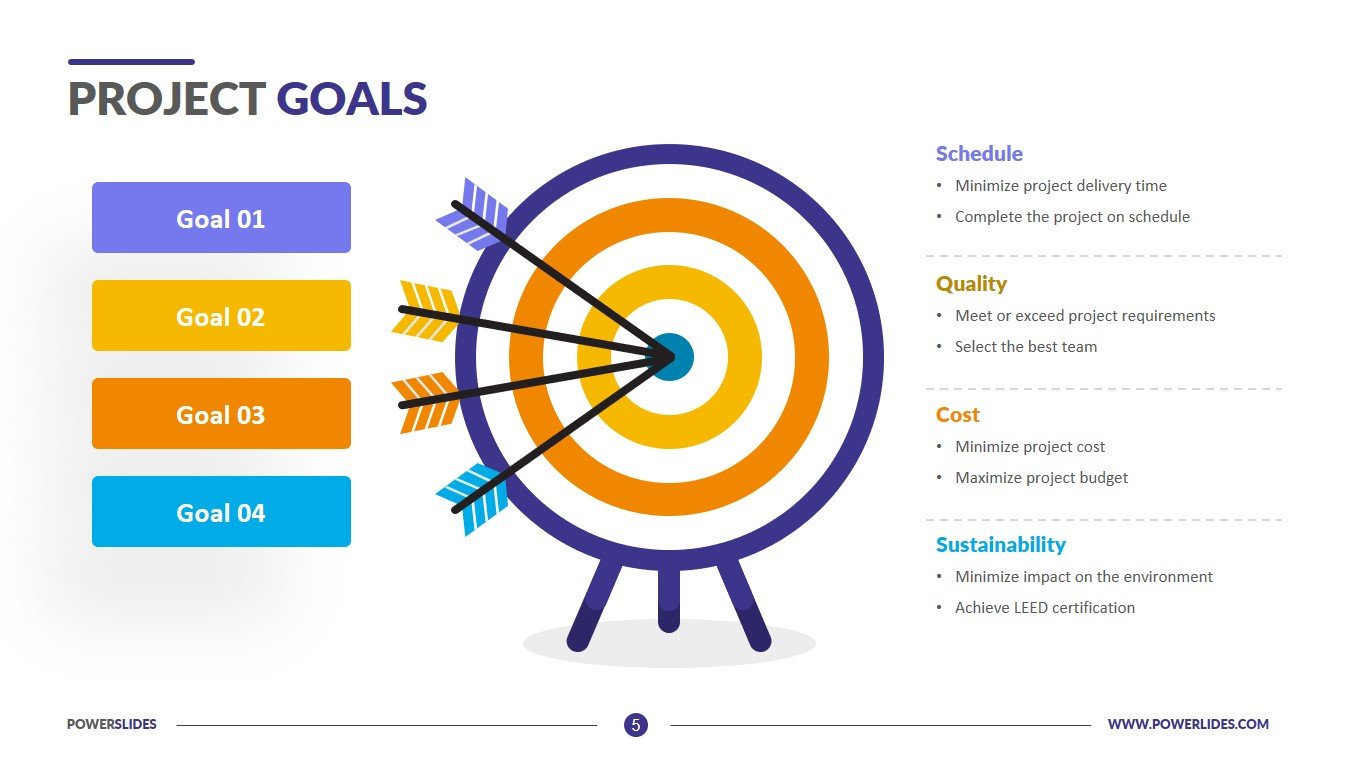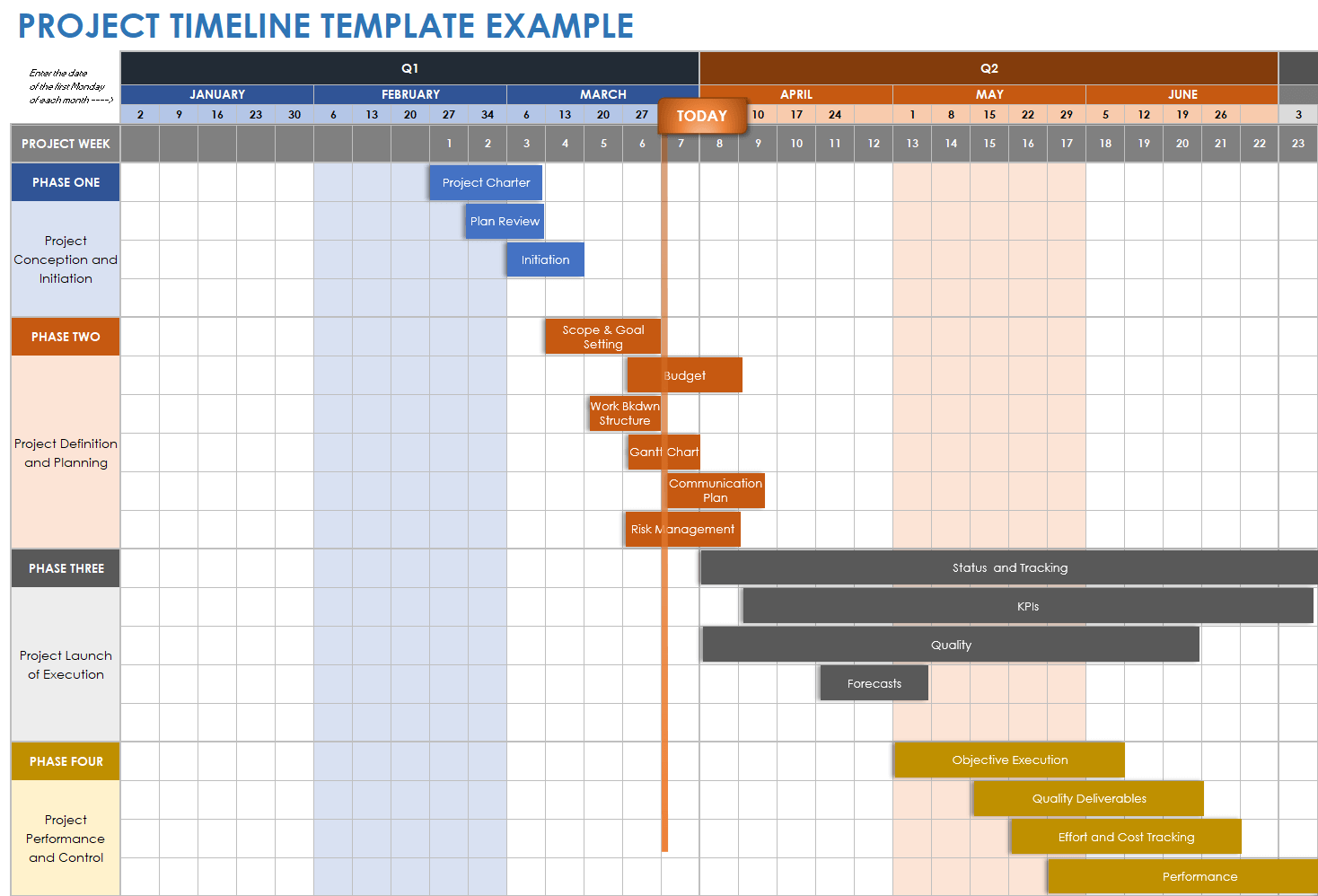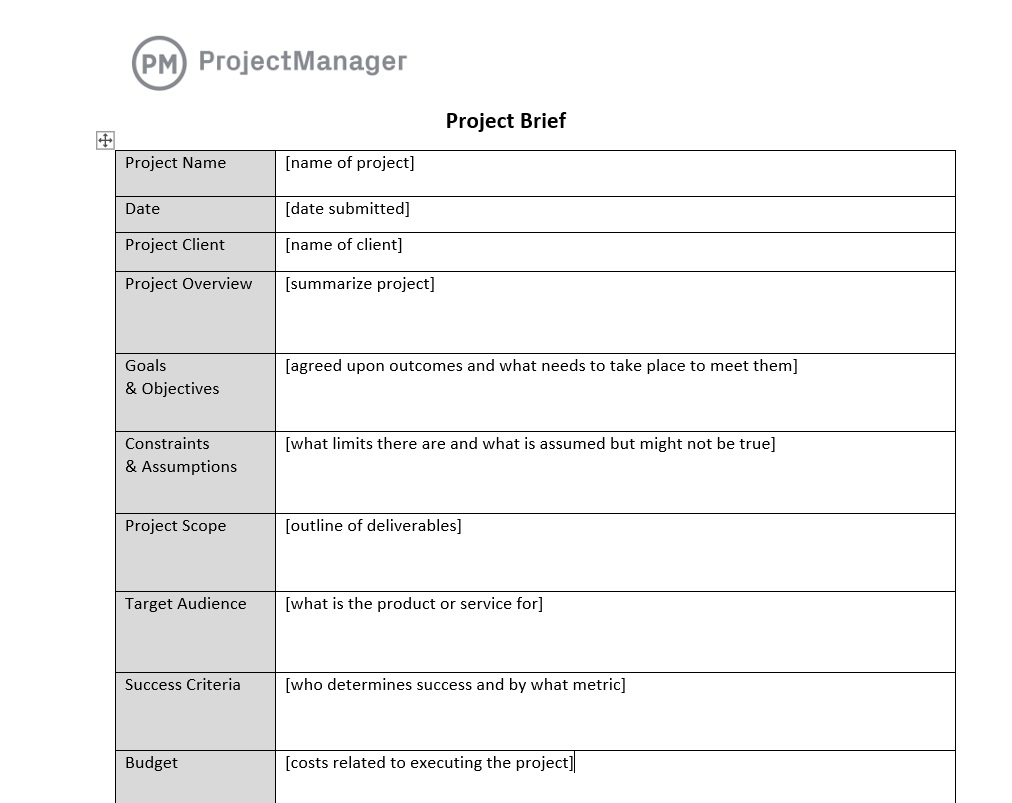![Creating a Complete Project Brief Template [With Examples]](http://royalcdkeys.com/cdn/shop/articles/image7-1695668364281.png?v=1719506966&width=1100)
Creating a Complete Project Brief Template [With Examples]

When dealing with projects of any kind and size, it is important to have a project summary containing all the main details, whether for better management or to present them to the project stakeholders. For those reasons, project owners create a project management document called Project Brief template.
From presenting a detailed project overview to the main tasks the project team should complete, the document can gather the primary data for a successful project with a good workflow. But to achieve these results and get the most out of this tool, it needs to be carefully crafted.
Every detail included can make a difference, and featuring the proper categories is vital to keep all team members on the same page. It is also important to conduct previous research to understand what you need to achieve your project objectives.
In this article, we will show you how to create perfect project brief templates for your needs. Make sure to follow all steps carefully to ensure the best results for your project development.
Creating a Complete Project Brief Template [With Examples]
What Is a Project Brief Template
A project brief is a tool the project manager uses to summarize all the main information regarding a new project that will be developed. It contains all the data that must be considered when planning the strategies, like the target audience and other aspects of the project scope.
It can be done in many different ways, and your final template will depend on the needs and project components. The document is usually created and edited by project managers, but it is accessed by all parties involved, from team members to external stakeholders.
It is usually done at the beginning phase but will follow the members through the entire project. Having a creative brief is also part of project success since a well-structured template helps the parties understand what needs to be done and visualize tasks performed throughout the project timeline.
Benefits of Project Briefs
There are several reasons why every project manager should create this document for better strategy planning, whether it’s a marketing project brief template or any other type. Along with keeping the project team aligned with the forthcoming tasks, the template can gather numerous valuable details.
Moreover, a creative project plan can also help generate new ideas and insights into the campaign being developed. The key stakeholders and other project team members can make constructive suggestions through the details described.
These briefs can define project success likelihood depending on how deep the construction of the template gets. It also influences the decision-making process.
Analyzing your information makes it easier to tell the best course of action regarding specific parts of the development. Whether it’s the creative team or the person responsible for defining the business objectives, every party can benefit from the project executive summary.
Project Brief vs. Project Roadmap

Many people get confused about the differences between a brief and a roadmap. Both tools are handy for making quality project management, but understanding their differences is also essential.
Here is a quick overview of both tools and their differences. Make sure to take a look and understand them to ensure you choose the proper document for your project.
The project brief contains all the information needed for planning all aspects of the project, including tasks and information about the target audience. On the other hand, the roadmap is a piece of brief document.
The roadmaps and the project timeline are similar tools used for the same finality: Dividing tasks according to their due date and tracking the progress of completed and pending activities for the project to run smoothly.
The project brief uses these roadmaps and timelines and aligns them with the project objectives and other information to decide the best course of action to achieve the desired result. If you only want to keep track of the progress and sort the tasks by date and deadline, the roadmap will meet your expectations.
On the other hand, if you need more details on the strategy and other aspects, a simple project brief template can be the tool you’re looking for. Everything will depend on your needs and the strategy you’re developing.
Who Uses the Project Summary

As mentioned before, almost every party directly involved in the project execution and lifecycle uses the project summary template, but it doesn’t mean everybody gets to edit it.
While the access is free to everyone to whom the document interests, the edition permissions are exclusive to the most important parties, like business owners and project managers.
Sometimes, managers also assign the edition tasks to a specific project member. This way, every update or change in the project is directly reported to this person.
The main advantage of doing this is reducing the number of people editing the information present in the document, which minimizes the chances of losing important data or its leaks.
What to Include in a Basic Project Brief Template

There are several different project brief examples with multiple formats and categories. The structure of your template will depend on your specific needs and the nature of the project you are undertaking.
But some categories should be included in all project brief documents, whether because they help with multiple aspects or any other reason.
We will show you the essential categories for creating a quality project management document. Here are the primary information you should feature in a basic project brief template:
Project Name
The first item of your template should properly identify which project the document regards. It is common for companies to work on multiple projects simultaneously, and not having them identified can lead to confusion and possible mistakes during the development process.
Something as simple as the project's name or a brief description is enough to prevent these mistakes from happening. Ensure to include this on the top of the document and highlight it so all team members can quickly identify it.
Project Goals
Having clear project goals can also help in numerous ways. They will guide almost every aspect of your strategy plan and how you develop it.
Your actions need to be based on what you want to achieve, and for that, these goals should be clearly outlied in your project brief document. When choosing your goals, make sure to select something challenging and measurable. The goal selection is one of the most critical parts of the process, and spending some time thinking about this is vital.
Also, when featuring them in the document, make sure to use a proper number. Many different goals can be hard to track and achieve. This can lead to frustration for the entire team.

Budget
Another data that can dictate numerous aspects of the development process and should be listed is the budget available for the entire project. It is also recommended to feature a breakdown of the main expenses for each part of the project.
The allocation and distribution of the budget will depend on the nature of the project at hand. For instance, in the case of a product development endeavor, a substantially larger budget might be designated for the marketing campaign compared to a project focused on crafting a tailored solution for a single client.
A clear project brief should include the budget details, specifying how much money goes to each part, and where the main funding comes from. This makes communication much easier for everyone.
Timeframe
Every project should have a clear timeframe to keep it organized and consistent. This frame and deadline should also be considered when creating the teams and sorting the tasks.
You can also have multiple timeframes for different project deliverables depending on what you’re developing. All that must get specified in the project charter template.
The time frame is not restricted to the final deadline of the complete project. It also considers all other due dates for key deliverables and project elements that impact the development.
This will also vary depending on the type of project you’re dealing with. In most cases, the project manager will also create a timeline showing the necessary details, including the dates and the deliverables needed to achieve the project objective.

Main Objective
One of the core pieces of information in a good project brief is the project's main objective. Whether to launch a new product or develop marketing materials for a client, having a clear objective is indispensable for keeping everyone focused and productive. This way, all the requirements and other data get more straightforward for everyone involved. It also ensures that the document is more accurate, preventing errors when it's reviewed by stakeholders or the project owners who hired your company.
Sometimes, the project being developed is not aligned with the objectives behind it. Making it more transparent for everyone reading the document helps avoid this problem since it can quickly be addressed and solved with any change needed.
Purpose
Having purpose and objectives as two separate items might confuse some people, but they are actually different categories. While the objective focuses on the project and its final product, the purpose is why the company is developing the project.
The purpose refers to how achieving this objective reinforces the company’s values and mission. You can also use the purpose field to describe how your project solves a problem the company or its clients have.
You can also introduce the two fields with questions to differentiate the two topics for those who will read them. For example, instead of saying “Purpose,” you can say “How the project alligns with our values” or “How it solves our problem.”

Requirements
The project brief template should also include a summary of all requirements for its completion. Whether direct or indirect requirements, the more complete your list gets, the more organized the development will be and the smaller the likelihood of problems during the process.
You can also summarize the requirements into groups instead of listing them individually. For a more professional and organized document, creating an order for them is also recommended instead of randomly listing them throughout the document. This simple action can positively impact numerous aspects of the development process.
Team Members
When presenting this document to all parties, it is also essential to have a list featuring all the team members involved in the project and their roles and responsibilities. This helps with organization and workflow.
It is vital that everybody understands what they’re supposed to do when it comes to each activity. Along with the team members, it is also important to assign the project manager and the owner.
If you have different teams on the same project, you can assign a team leader for each.
Target Audience
Another important data to feature in the project brief document is a short description of your target audience and their main characteristics. Aligning all actions with who you want to reach is one of the most crucial steps for a successful project that achieves its objectives.
In most cases, the target audience is included in the document through a list of demographic characteristics or through persona descriptions. The more precise your description gets, the better it will be for the strategy planning and decision-making process.
Risk Assessment
When developing any new project, whether software or any other item, it is vital to include a risk assessment matrix. Depending on what’s being created, several risks can impact the production and success of your activities.
Featuring the main risks, severity, and likelihood can be a lifesaver, especially in the final stages. By knowing these risks, it becomes easier to mitigate and avoid them.
Where to Create a Project Brief Template
When it comes to creating your own brief for project management, there are tons of options available. From known software to specialized programs, each one has its own tools and features to help you with this task.
Among all the options available, we highly recommend using Microsoft Word. MS Word has the best tools and is an industry-standard, meaning that you won’t need extra software for your business tasks.
If you don’t have a Microsoft Office activation key, you can find one at RoyalCDkeys. This way, you get access to all features needed and still save money.
Free Project Brief Template Examples
If you don’t want to create your project planning brief from scratch, there is no problem. Here are some examples you can download and edit to best fit your project’s goals.
Make sure to use a template aligned with the project requirements for more effective results. Here are some sample project brief templates:
Template #1
Design brief template. Project brief example containing categories focused on design project needs.

Template #2
The Marketing brief template features the development team's key elements to create an effective communication plan. Features all categories and fields focused on this type of project.

Template #3
Simple project brief document template. Contains all necessary categories for effective measurement, including project information and stakeholders involved.

Time to Start Making Your Project Brief Template
Developing a project can be challenging, especially when reflecting on the numerous aspects that can affect its development. From the budget available to the teams' distribution, several factors need to be considered and well-planned for a successful campaign.
For this, the project brief template is your best tool. It summarizes these main points and offers support in the decision-making process.
Now that you know everything you need, it is time to start creating your project brief template. Make sure to include all the main categories to guarantee the best results during your development process.















